Burns
A high percentage of childhood burns are due to abuse (2 to 35% overall; up to 45% for genital and perineal burns). The two kinds of burns most often seen in abused children are scald burns (from contact with hot liquids) and thermal burns (contact with hot objects).
Scald burns. Accidental scald burns are not uncommon in toddlers. The most common scenario is when a young child reaches for the handle of a pot full of hot liquid on a stove or table. In such cases, the burn is typically asymmetrical (usually involving the right side of the body if the child is right-handed), most severe on the upper body, with visible flow and splash marks and decreasing severity as the burn extends onto the lower body.
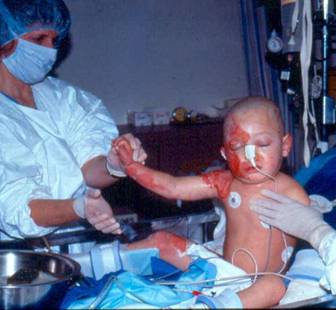
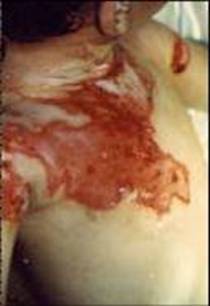
Fig. 9 and 10: Severe accidental scald burns in two small children.
The most common inflicted scald burn, by contrast, is when a small child is held in a "jackknife" posture and forcibly immersed in a sink or bathtub partly full of very hot water. These burns are typically symmetrical with severe involvement of the buttocks, perineum, and feet, along with sparing of the knees and nearby areas of the legs. There are typically few or no splash marks, and there is a usually well-demarcated "high-water" mark on the ankles or lower legs.
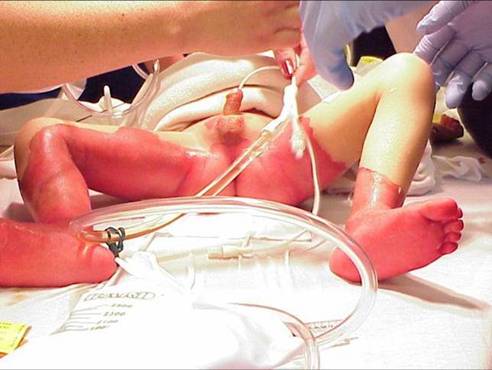
Fig. 11: Inflicted scald burn in a small child. Note sparing of knees and sharply defined "high water" marks on thighs and lower legs.
Thermal or object burns. Inquisitive toddlers may sustain accidental burns to the hands after reaching for hot objects, such as curling irons left on countertops.
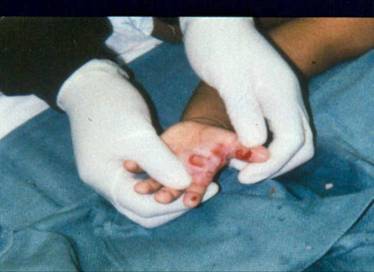
Fig. 12: Curling iron burn to the hand of a small child.
However, object burns on other body parts should be carefully evaluated for abuse.
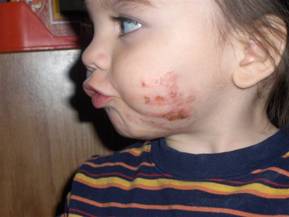
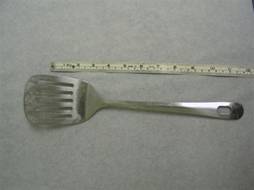
Fig. 13: Spatula burn to the cheek of a young child.
Cigarette burns are perhaps the most common abusive object burns. These characteristically form a sharply-demarcated, round eschar with a surrounding collaret of tissue reaction.
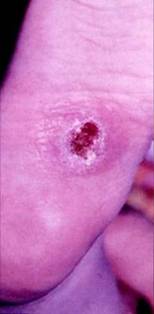
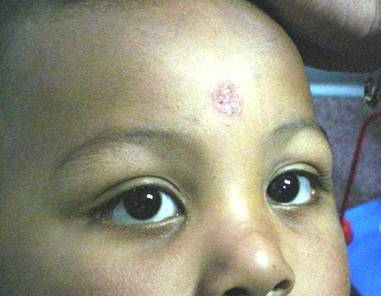
Fig. 14 and 15: Cigarette burns with typical punched out appearance and collaret of exfoliation and tissue reaction
During the eschar phase, cigarette burns may be confused with impetigo. Name-brand US cigarettes usually have diameters of about 1.1cm, so a child with a number of skin lesions, all with diameters of about 1cm, is likely to be the victim of abuse. Healing or old impetigo scars would of course be more irregularly shaped and sized.